Photo Gallery for Cenopis diluticostana - Spring Dead-leaf Roller Moth | Photos: 26 |
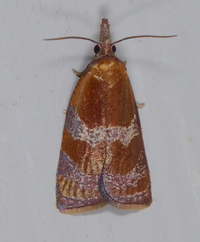 | Recorded by: Jim Petranka on 2023-06-21
Madison Co.
Comment: | 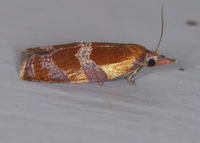 | Recorded by: Jim Petranka on 2023-06-21
Madison Co.
Comment: |
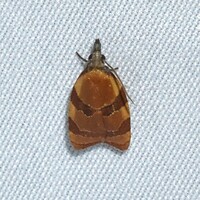 | Recorded by: Jeff Niznik on 2023-06-17
New Hanover Co.
Comment: | 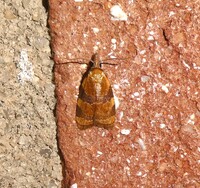 | Recorded by: Simpson Eason on 2023-06-06
Durham Co.
Comment: |
 | Recorded by: David George, Jeff Niznik, Rich Teper, Erich Hofmann, Jesse Anderson on 2023-05-22
New Hanover Co.
Comment: |  | Recorded by: David George, Jeff Niznik, Rich Teper on 2023-05-22
New Hanover Co.
Comment: |
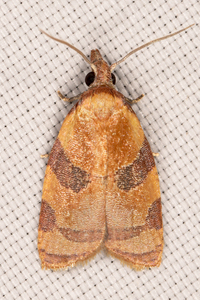 | Recorded by: Mark Shields on 2023-05-22
Onslow Co.
Comment: |  | Recorded by: David George, Jeff Niznik, Rich Teper on 2023-05-21
New Hanover Co.
Comment: |
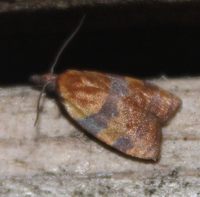 | Recorded by: Vin Stanton on 2022-06-16
Buncombe Co.
Comment: | 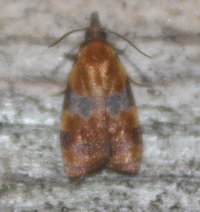 | Recorded by: Vin Stanton on 2022-06-16
Buncombe Co.
Comment: |
 | Recorded by: Simpson Eason on 2021-06-16
Durham Co.
Comment: | 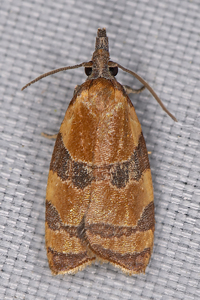 | Recorded by: Mark Shields on 2021-06-05
Onslow Co.
Comment: |
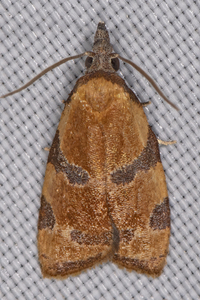 | Recorded by: Mark Shields on 2021-05-21
Onslow Co.
Comment: |  | Recorded by: R. Newman on 2021-05-20
Carteret Co.
Comment: |
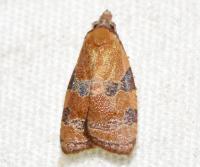 | Recorded by: Kyle Kittelberger on 2020-06-13
Wake Co.
Comment: | 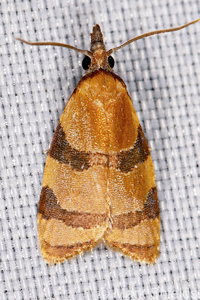 | Recorded by: Mark Shields on 2020-06-04
Onslow Co.
Comment: |
 | Recorded by: Mark Shields on 2020-05-25
Onslow Co.
Comment: | 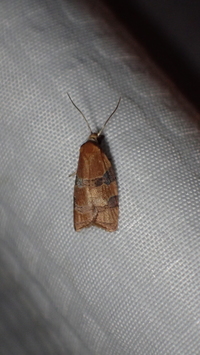 | Recorded by: Erich Hofmann on 2020-05-23
Craven Co.
Comment: |
 | Recorded by: Erich Hofmann on 2020-05-23
Craven Co.
Comment: | 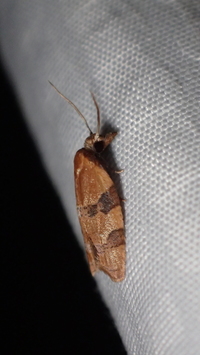 | Recorded by: Erich Hofmann on 2020-05-23
Craven Co.
Comment: |
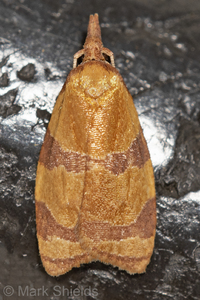 | Recorded by: Mark Shields on 2019-06-06
Onslow Co.
Comment: | 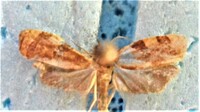 | Recorded by: Darryl Willis on 2017-06-24
Cabarrus Co.
Comment: |
 | Recorded by: T. DeSantis on 2015-06-15
Durham Co.
Comment: |  | Recorded by: Paul Scharf, B.Bockhahn, C.Mitchell on 2015-06-05
Durham Co.
Comment: |
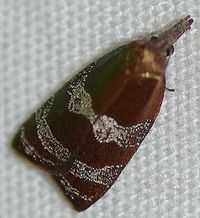 | Recorded by: Paul Scharf, B.Bockhahn, C.Mitchell on 2015-06-05
Durham Co.
Comment: |  | Recorded by: T. DeSantis on 2012-07-02
Camden Co.
Comment: |
|